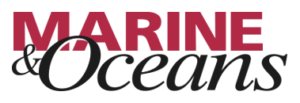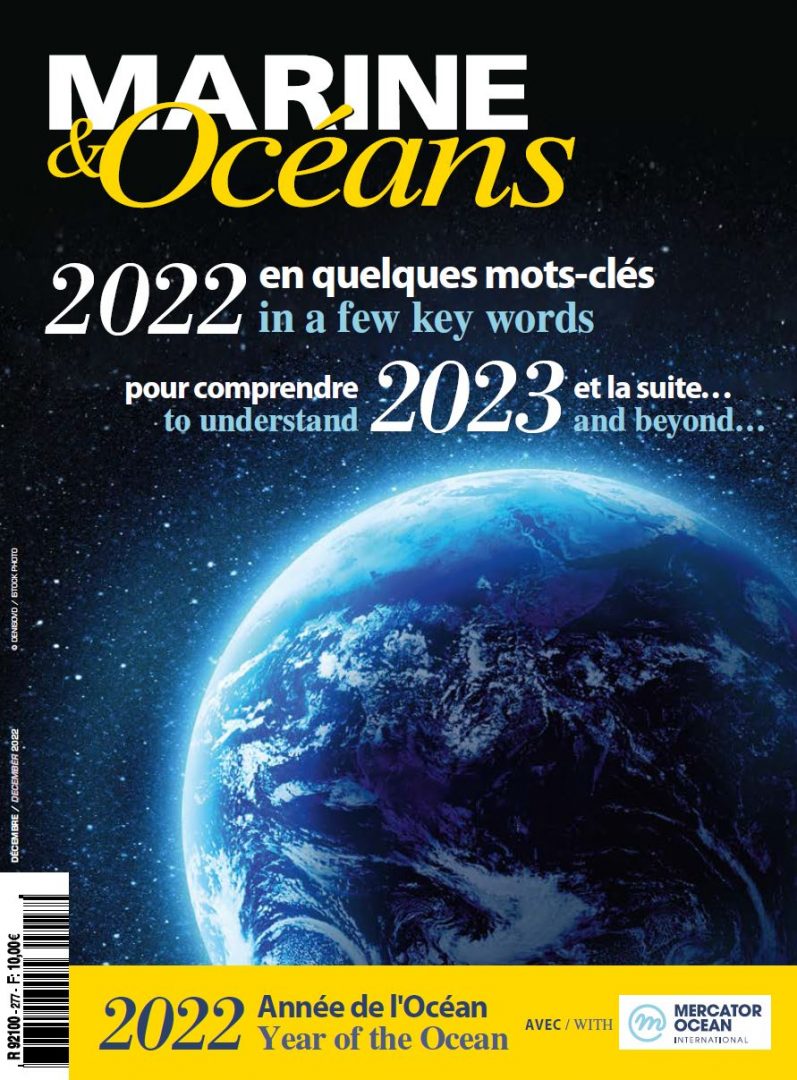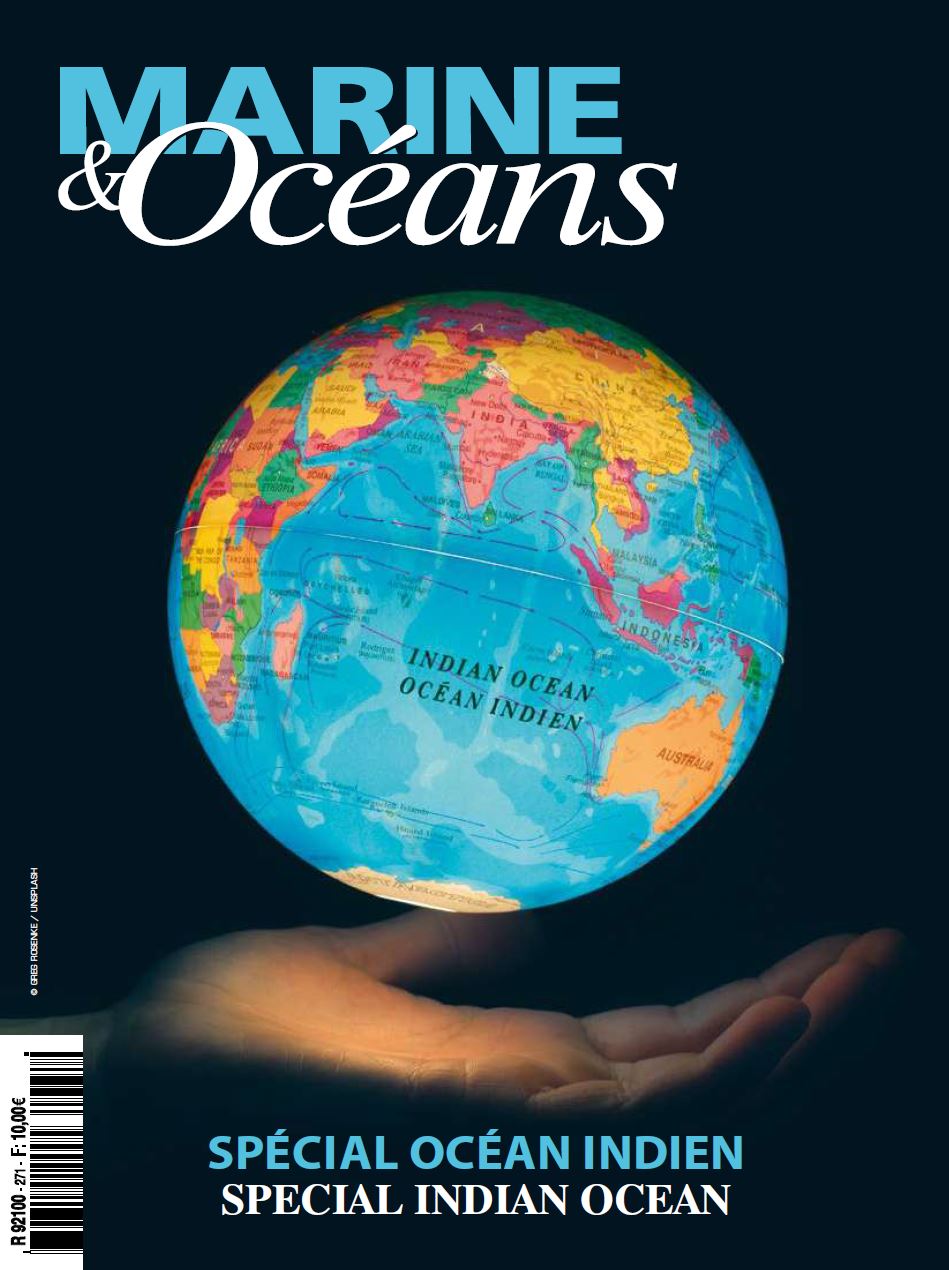 The 2nd quarter 2021 of Marine & Oceans is dedicated to the Indian Ocean as France is taking over the presidency of the Indian Ocean Naval Symposium for two years (see below), following the chairmanship of Iran.
The 2nd quarter 2021 of Marine & Oceans is dedicated to the Indian Ocean as France is taking over the presidency of the Indian Ocean Naval Symposium for two years (see below), following the chairmanship of Iran.
We have made the choice to complete this print issue with a digital edition rich in interviews and papers for a deeper understanding of the issues of this vast maritime space.
These interviews and papers are published in their original French and English source versions.
Below, you will thus find in this set, in order of appearance:
- A presentation of the Indian Ocean Naval Symposium.
- An interview with Rear Admiral Dr. Hossein Khanzadi, Chief of Staff of the Iranian Navy (photo above).
- A paper by Dadan Umar Daihani, Professor at Trisakti university and senior expert at the National resilience institute (NRI) of the Republic of Indonesia.
- A paper by Robert Calcagno and Gilles Bessero on the next expedition of the Société des explorations de Monaco.
And on our French website: www.marine-oceans.com
- A presentation of the Indian Ocean Naval Symposium.
- An interview with Frédéric Moncany de Saint-Aignan, President of the French Maritime Cluster, and Sébastien Camus, President of the Maritime Cluster of La Réunion.
- A paper by Magali Duval, Ifremer Delegate for the Indian Ocean.
- A paper by Robert Calcagno and Gilles Bessero on the next expedition of the Société des explorations de Monaco.
- A paper by Jean-Marc Beynet on sea level rise, especially in the Indian Ocean.
- A paper by Jean-Stéphane Betton on the “first inventors” of the Indian Ocean.
We wish you a pleasant reading
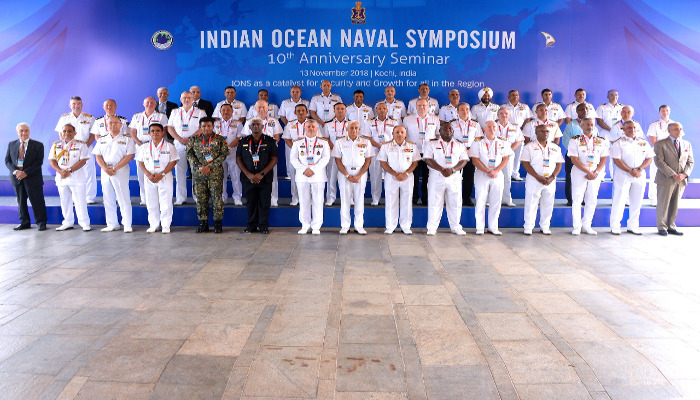
The 7th edition of the Indian Ocean Naval Symposium (IONS) will be held for the first time in France, on the island of La Reunion from Monday, June 28 to Thursday, July 1, 2021.
Discussions will focus on the three working themes of the IONS: maritime security, interoperability and sharing of maritime information, assistance to populations affected by natural disasters. France proposed the issue of environmental security as the general theme of the symposium.
For this 7th edition, France is taking over the presidency of the IONS for the first time and for a two-year mandate.
The IONS symposium was created in 2008 with the aim of promoting cooperation between the navies of the Indian Ocean coastal states, and consolidating a common approach to the challenges and responses related to regional issues.
This meeting is a privileged forum for exchange between these 25 nations, plus eight observer States and eight States invited by France for this edition.
The chairmanship of the IONS is held in turn by a permanent member: the transfer of chairmanship is the subject of a symposium, allowing the permanent working groups to report on their work and allowing the Chiefs of Staff of the navies concerned to meet in order to decide on its development.
Due to the pandemic, the decision-making body of the IONS, the Conclave, will meet in the autumn of 2021 when the health situation permits to bring together, physically, as many CEMMs as possible to take decisions on the direction of the IONS work for the coming years.
As an ex-officio member of the IONS since 2014, France is taking over the presidency for the first time, for a period of two years. In the presence of Admiral Pierre Vandier, Chief of Staff of the French Navy, France thus reaffirms its commitment to peace, maritime security, international cooperation and environmental protection in the Indian Ocean region.
With the islands of La Reunion and Mayotte and its Southern and Austral Territories, France is a coastal nation of the Indian Ocean. In this strategic area, France has a permanent military and naval capacity, and established defence agreements with other Indian Ocean coastal states, including several strategic partnerships.
Source: French Navy Information and Public Relations Department
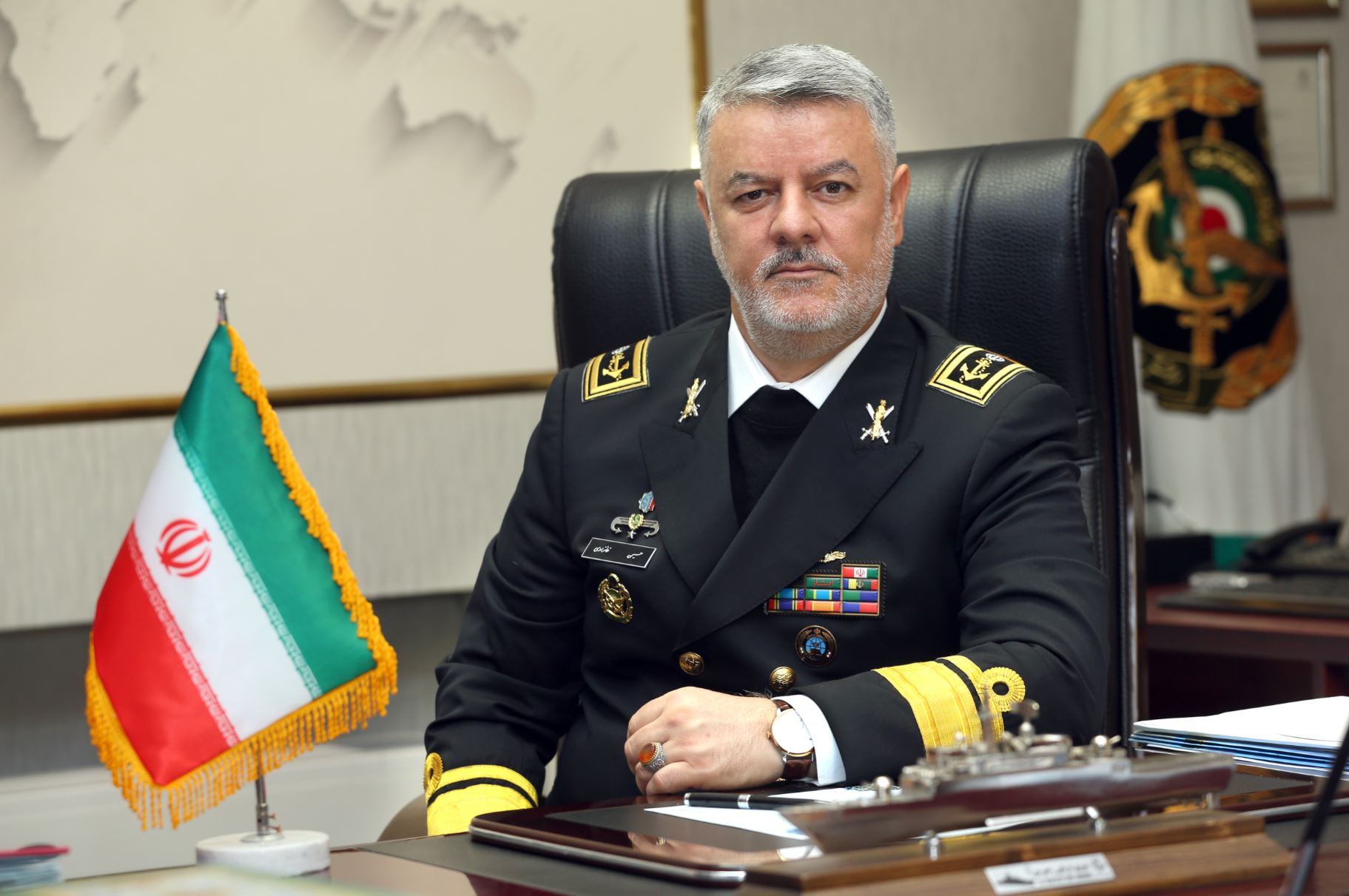
Interview by Bertrand de Lesquen
* * * * *
What is the added value of a meeting like the Indian Ocean Naval Symposium?
Indian Ocean Naval Symposium was established following the growth of piracy from the Gulf of Aden to the Indian Ocean basin. When International Maritime Organization (IMO) declared 700 miles off the Horn of Africa dangerous for seafaring, the concept of IONS came into existence and it has been continuing as having been led by the Islamic Republic of Iran Navy as its periodical chair having attained some degrees of successes. The added values of this symposium are as following:
- Increasing environmental awareness of the Indian Ocean littoral states about the security of the Indian Ocean and seas around the maritime areas under their rules.
- Sharing expert, professional and tactical ideas and opinions of navies of the Indian Ocean littoral states on the ground created by IONS, especially in the Conclaves of Chiefs.
- Empowering Working Groups and sharing existing capacities.
- Creating awareness and a constructive competition for capacity building with the aim at reaching maritime collective security.
- Developing communications through building appropriate communication channels which were nonexistent in advance. This topic has facilitated talks among navies and establishment of appropriate communications.
- Producing maritime literature in different aspects through speeches, IONSPHERE journal and three working groups.
- Improving professionalism in navies and increasing security of the Indian Ocean, especially in the northern part of it.
What is your assessment of the Iranian presidency of the IONS?
The Islamic Republic of Iran Navy’s chairmanship was different from other iterations. One of the differences was the tenure which increased from 2 to 3 years. This edition had important achievements during which following effective measures have been taken:
- Holding the second IONS Maritime Security Working Group meeting within the ten-year history of IONS.
- Originating the zero draft of the Indian Ocean Maritime Security Guidelines and introducing it to other countries based on existing commonalities, security outlook, and potential and existing regional and global interactions and approaches.
- Holding Initial Planning Conference (IPC) and Final Planning Conference (FPC) of IONS Maritime Exercises (IMEX) in two separate dates.
- Making preliminary arrangements for conducting IMEX and establishing vessels and forces which was postponed due to outspread of Coronavirus and health and safety requirements.
- Writing and compiling the IONS Tactical Publication (ITP) remained from the previous CoCs with an approach to having the maximum level of commonalities among IONS navies, nature of actionstaken by the IONS member navies and with a look in line with the need for the least educational processesto use and the possibility of upgrading it to new versions.
- With efforts of our friends in the Indian Navy, compiling and completing of the Humanitarian Assistance and Disaster Relief (HADR) IONS Working GroupGuidelines went forward appropriately and affectively. Moreover, draft of the Maritime Search & Rescue Guidelines was separately promulgated by the Bangladesh Navy.
- With efforts of our friends in the Royal Australian Navy, Communication Plan (COMPLAN) including communication codes, frequencies and communication instructions for the IONS navies’ vessels were written and announced to members.
- In this edition of IONS, with efforts of all members, especially with the serious activity of IONS Working Groups and with a look to the importance of information sharing in IONS, information sharing and maritime security centers within the IONS region, took actions towards making communications between each other and exchanging inter-memorandums of understanding with an outstanding growth and movement.Therefore, desire of these centers to have communications became obvious more than past. All to this topic happened because of the unity of opinion achieved by consecutive meetings and gatherings of members andit followed the Islamic Republic of Iran Navy strategies to keep its promise to the Chiefs of the IONS navies as to move towards practical measures.
- With the Islamic Republic of Iran Navy and the Royal Navy of Oman’s attention and active interactions, the pre-session meeting for handing over chair of the 7thIONS was held in the best way possiblein complete convergence and synergy of members with participants representing 23 countries, reaching expected aims of the chairs of IONS Working Groups and members in due time and alsoreaching the expectedaims to suggest proposals toIONS Chiefs.
Now with regard to reaching convergence and synergy, we hope that the French Navy is able to get enough profit from preliminaries provided and integrated in the 6th edition with a look to its future role in IONS as a part of the countries and people of the region and to bring unity and connection to front operational units at sea to perform announced joint operations, to establish naval task groups and coalitions necessitated to IONS aims that we evaluateitas a big exam for the French Navy.
What does the Indian Ocean (in the broad sense) represent for Iran at the beginning of the 21st century?
The Indian Oceanis very important for the Iranian-Islamic civilization. Second step of the Islamic Revolution of Iran is a civilization makingstep and one of the important domains ofthat is maritime civilization. According to the plan,the Islamic Republic of Iran’s civilization leap towards sea happens in this era and the Indian Oceanis a very important arena from different aspects includingblue economy, civilization talks, cooperation with friends, and counteracting against threats tothe Islamic Republic of Iran.In this arena, the Islamic Republic of Iran Navy is the pioneer of this civilization movement and both its security-creating actions and itsrole to reach maximum collective security are really important. Without a safe Indian Ocean, the Islamic Republic of Iran’s maritime security as a littoral state having a civilization leap towards sea is meaningless.The Indian Oceanis the golden gate forthe Islamic Republic of Iran’s civilization talks withrest of the world; therefore, in the beginning of the 21st century, a safe Indian Oceanis really important for theIslamic Republic of Iran. It has been a geo-political and geo-strategical domain for the Islamic Republic of Iran and other littoral states and it will be the start of a pathbeing more than ever fundamental in active interactions with the regional nations and the world.
The Indian Oceanis the ring linking West of Asia to its East. Not only its communicational role is important for Asian countries but it is also important for the world. Thus, taking principal conceptions for gaining benefits from countless potentials of the Indian Oceanlike establishing logical, targeted and smart relationships with other beneficiaries in this region can be an effective step in an optimal and peaceful use of the Indian Ocean.
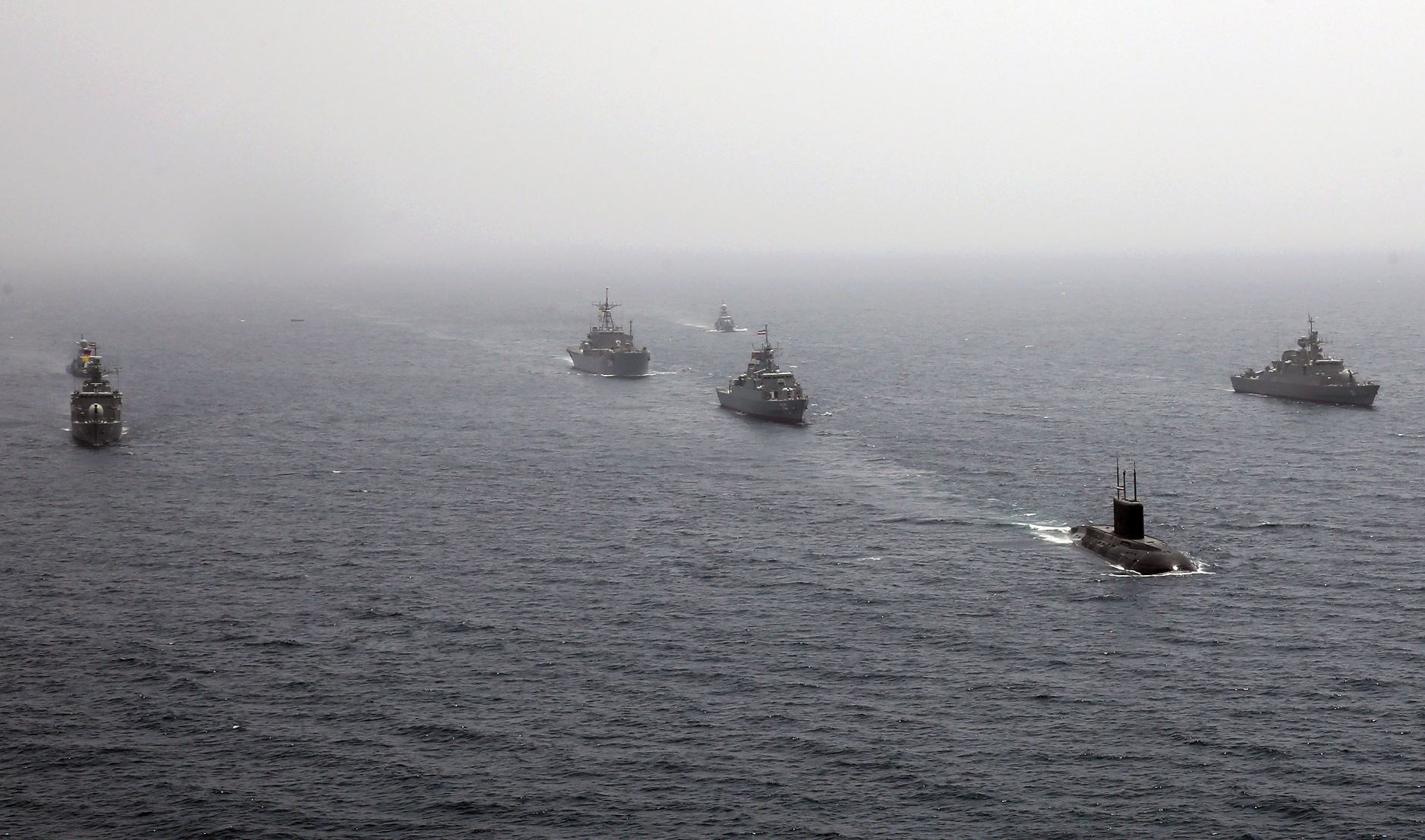
How is the Iranian Navy present there and what are its main missions?
- The Islamic Republic of Iran has always emphasized on the principle of providing security for maritime domains with collaboration of littorals while respecting their rights. The Islamic Republic of Iran Navy also has based its strategy on the same principle of active collaboration and partnership aimed to provide collective security. The Islamic Republic of Iran Navy’s activities in different maritime domains have always been security-creating and there are numerous examples of the Islamic Republic of Iran Navy’s positive role in fighting terrorism. The Islamic Republic of Iran Navy also looks forward to completing such a mission in the Indian Ocean basin.
- The Islamic Republic of Iran is a coastal country and has interests and resources located at sea. Therefore, the Islamic Republic of Iran Navy’s presence in the region takes place with following approaches:
- Establishing maritime security and controlling waters under the rule of the Islamic Republic of Iran in the eastern part of the Strait of Hormuz.
- Providing the security of the country’s SLOCs.
- Preventing formation of centers of insecurity in adjacent waters.
- Attaining collective security and stabilizing it for the benefit of the region and the world.
- Partnership and active interaction in peacemaking and peacekeeping processes.
- Developingthe navy from a world scale navy to a blue water navy.
- Supporting economic developmentsof the Islamic Republic of Iran, particularly the second step of revolution.
- Playing the role of police to establish security and discipline at sea.
- Simultaneously, partnership or establishment of regional and international coalitions according to agreements obtained.
- Performing humanitarian assistance role.
What co-operations do you carry out in the Indian Ocean?
The Islamic Republic of Iran Navy’s focus of cooperation in the Indian Oceanaimed at reaching collective security and stabilizing it is firmly based on these topics:
- Information sharing with friend and neighboring navies aimed at increasing environmental awareness.
- Making ground for conducting exercises with either neighboring countries or other littorals in the Indian Ocean.
- Conducting mutual visits from ports.
- Educational, research and sports interactions and cooperation.
- Providing mutual technical services on demand.
- Holding and participating in ongoing meetings, performances and gatherings.
What is the relationship between the Iranian Navy and the French Navy?
The relationship between the Islamic Republic of Iran Navyand the French Navy is getting organized and we haven’t been able to reach a unanimous and synergetic point of interaction yetwhich of course it seems attainable. We believe that the French Navy is standing on the wrong side, being the representative of a European country rather than being the representative of nations of the Indian Ocean region. IONS Charter of Business was ratified by all members emphasizing on providing security of the region by its littorals, but joining the French Navy to the naval coalition that Americans has formed as the pivot of mischief, insecurity and terror in the region is one of the matters hindering unanimity and synergy. Bydoing so, France has violated the IONS Charter of Business. This lack of commitment to the mentioned symposium obligations was from the French side and its repetition in France’s tenure for two upcoming years will not have good results for the region. We expect the French Navy to strengthen security arrangements in the region boosting regional convergence. However, in its own nature of presence, the French Navy apparently follows interests contradicting with interests of regional collective security, particularly maritime national interests of the Islamic Republic of Iran. Hence, if they follow their current approach –while having the possibility of moving towards regional commonalities– and continue on their diverging approach and acting as the representative of the oppressive countries of theregion’s colonial history instead of representing the governments and nations of the region, it cannot be expected that any kind of interactive relationship would take place and get boosted between France and one of the strongest, most civilized and most important countries of the region i.e. the Islamic Republic of Iran. The Islamic Republic of Iran is a country with the highest levels of geopolitical security in the region and this is very valuable for the region and the world. The discourse and talks between the Islamic Republic of Iran Navy and the French Navy began to form in the ground of IONS and for the time being, no real interactive approach is seen from France and the relationship between the two navies is ongoing in the lowest and the most common condition. Up to present, the French Navy has not responded positively and meaningfully to the interactive approaches of the Islamic Republic of Iran Navy, particularly as they are on the verge of taking over the chair of the 7th IONS. Indeed, if the relationships are not strong, their roots should be sought from the French side.
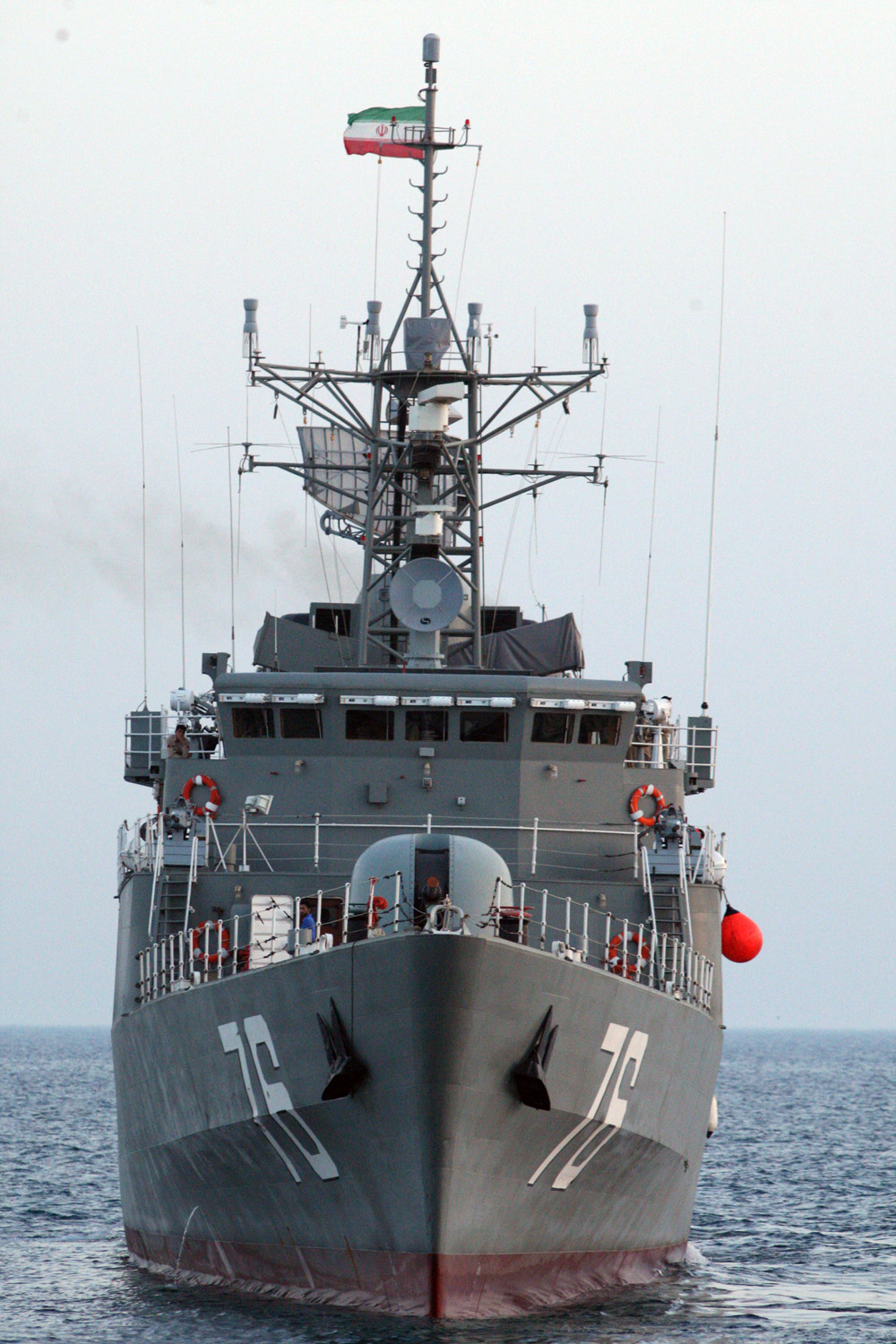
Presentation of Rear Admiral Dr. Hossein Khanzadi
Rear Admiral Dr. Hossein Khanzadi was born in 1946 in Gorgan, Golestan. He studied Navigation and Ship Command at Imam Khomeini Naval Academy in Nowshahr. In addition, he has completed the Hovercraft Piloting course and he received his master’s degree in Maritime Scientific Defense Management from AJA University of Command and Staff. He also has a master’s degree in Maritime Warfare Planning from Pakistan and a Ph.D. in Strategic Management (Military) from the Supreme National Defense University of Iran.
Additionally, Rear Admiral Dr. Hossein Khanzadi has accomplished various courses in the radio and tactical communications and he also used to be the pilot and commander of the hovercrafts BH7 and SRN6. He has also played a prominent role in various areas, including International Maritime Law to Artillery Fire Control, Electronic Navigation, Modern Wars, Electronic Wars, Anti-surface Operations, Maritime Planning, Maritime Safety Management, Management of Maintenance and Repair of Ships.
Rear Admiral Dr. Hossein Khanzadi is a faculty member of the Ministry of Science with the rank of Assistant Professor and he has developed his Master’s thesis entitled “Application of Hovercrafts in I.R. Iran Navy’s Future Missions Based on Defense Against Threats”. He is also a lecturer in various fields of Maritime Sciences.
Rear Admiral Dr. Hossein Khanzadi is fluent in English and plays an influential role in formulating the Navy Strategic Plans for the 2025 horizon. To date, he has contributed to the compilation and translation of several books, including “Marine Tactics and Equipment”, “Using and Navigating Drone KD2R5Q”, and “Strategic Straits of the World” and he is working on a number of books on the subjects of “Hovercrafts”, “The Geopolitics of the Indian Ocean”, “The Basics of Maritime Power”, and so on.
Among the responsibilities of the Rear Admiral in the past, the followings can be mentioned:
- Artillery, Sailor, and Telecommunications Officer in the amphibious flotilla of the IRIN
- Artillery, Sailor, and Anti-Submarine Officer in the destroyers flotilla of the IRIN
- Operations Officer, deputy Commander, and Commander of the Hovercraft Squadron of the IRIN
- Director of Education at the Education Department, and
- Deputy of the IRIN Department of Plan & Policy and budget
In 1986, Rear Admiral Dr. Hossein Khanzadi entered Imam Khomeini Naval Academy in Nowshahr and he is the first IRIN Commander who graduated from this academy.
Source : Iran Navy
« Whoever attains maritime supremacy in the Indian Ocean would be a prominent player on the international scene. Whoever control the Indian Ocean dominates Asia. This ocean is the key to the seven seas in the twenty-first century, the destiny of the world will be decided in these waters”. (Rear Admiral Alfred Thayer Mahan)
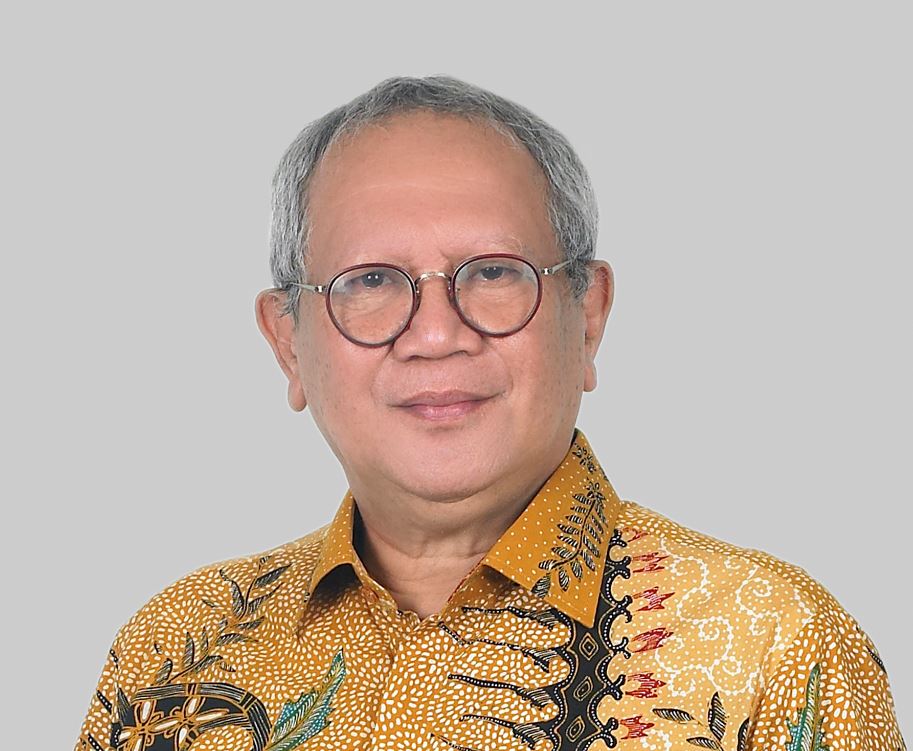
Indonesia is one of the largest archipelagic countries in the world and has a very unique location. More than 17 thousand large and small islands decorate the equator. Indonesia is located between two oceans, the Pacific Ocean in the North and the Indian Ocean in the South. Likewise, Indonesia is flanked by two continents, Asia and Australia. The geographical location is at 6o North Latitude (North Latitude) – 11o South Latitude and 95o East Longitude – 141o East Longitude.
Based on its geographic location, Indonesia has various basic assets that are very profitable both from a geo-economic and geopolitical point of view. Due to its geographical location, Indonesia is naturally affected by monsoons. Around the month of October-April, the wind blows from Asia to Australia which brings a lot of water vapor from the Pacific Ocean causing the rainy season. Around April-October the wind blows from Australia to Asia which brings a little moisture from the Indian Ocean causing the dry season. With only two seasons, summer and rainy season, Indonesia has the opportunity to become a leading agricultural country. Agriculture in Indonesia is easy to manage and can be developed to produce foodstuffs that are very useful for the prosperity and sustainability of the population of Indonesia and the world.
Indonesia is at the crossroads of world traffic, both air and sea traffic. Therefore, economically, Indonesia has the opportunity to become a hub for international trade between industrialized countries and developing countries, such as Japan, Korea and China as part of Asian countries, In addition to Africa and Europe. This position should be a bargaining position in building the Indonesian economy. In this paper the next discussion will focus on discussing Indonesia and its interests in the Indian Ocean.
Around 70% of world trade is carried out through Indian Ocean shipping. Therefore, countries located in Indian Ocean should benefit from this trade traffic, however, only six countries control and are active in trading, reaching 96% of total trade. The six countries, namely, Singapore, Malaysia, India, Indonesia, Australia and South Africa. Why is the Indian Ocean Region so important and strategic?
From a demographic aspect, the Indian Ocean region is a future region. The average age of the population in this regional country is under 30 years, compared with the average population of the United States, who is 38 years old and Japan, who is 46 years old. The countries in contact with the Indian Ocean are inhabited by approximately 2.5 billion people, which is one third of the world’s population.
From trade traffic point of view, it can be said that the Indian Ocean is a very dominant world trade traffic route. Therefore, geopolitically, this area is an arena for maintaining the balance of power between the various superpowers. Even today, China, although not directly located in the region, has offered a concept of economic infrastructure development that integrates the classical silk road with the maritime silk road. In addition, the Indian Ocean consists of 30 straits and various canals, the most important of which is the Malacca Strait (between Indonesia and Malaysia), the Hormuz Strait between Iran and Oman, the Mozambique Canal which connects Mozambique with the Malagasy Republic and the Suez Canal which connects the Mediterranean Sea and Red Sea.
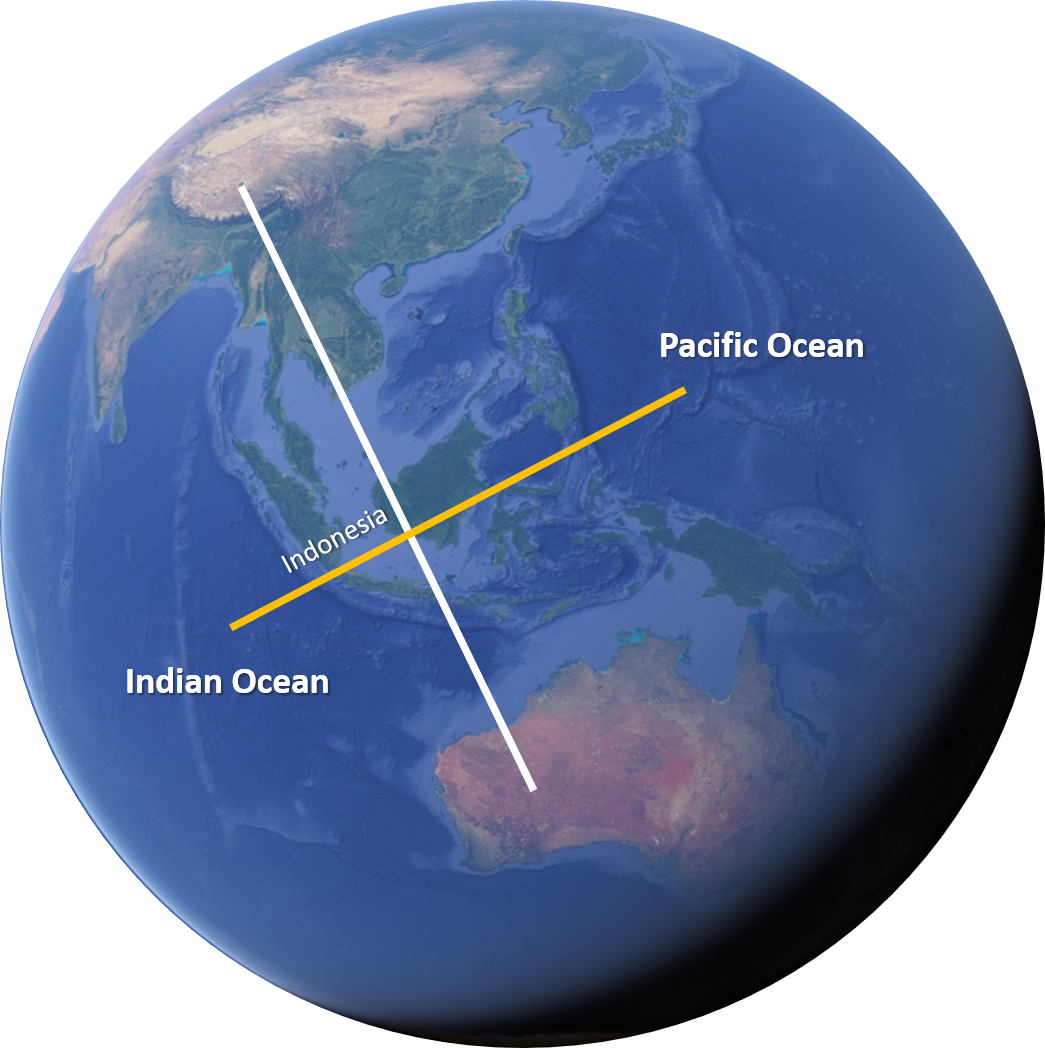
The role of Indonesia
For Indonesia, the Indian Ocean is the entrance as well as the exit door to the southern world. The role of Indonesia in this area is very important, for example at the time of the cold war and the splitting of the world into two major groups, West Block and East Block, Indonesia initiated the emergence of a group called Non-Aligned. This movement was motivated by the concerns of leaders of third world countries. Especially from Asia and Africa to the emergence of world tensions that could lead to a third world war. Pioneered by five state leaders, including Indonesia, India, Pakistan, Burma and Sri Lanka, all of which are countries in contact with the Indian Ocean to hold a Colombo (Sri lanka) meeting. This meeting was held on 28 April – 2 May 1952 to discuss the critical situation that occurred between the Western and Eastern Blocs. Two years later, on 29 December 1954, the second meeting was held at the Bogor Palace (Indonesia). The meeting in Colombo and Bogor was the beginning of the birth of the Non-Aligned movement which was declared at the Asia-Africa Conference (KAA) in Bandung (Indonesia) in April 1955.
The conference was attended by twenty-nine countries (29) representing countries in Asia and Africa and the Middle East. The five pioneer countries, namely Indonesia, India, Burma (Myanmar), Pakistan, Sri Lanka plus 24 other countries as participants, namely; Afghanistan, Cambodia, China, Egypt, Ethiopia, Golden Coast (Ghana), Iran, Iraq, Japan, Jordan, Laos, Lebanon, Liberia, Libya, Nepal, Philippines, Saudi Arabia, Sudan, Syria, Thailand, Turkey, North Vietnam, South Vietnam and Yemen. This conference discussed the role of the Third World in the Cold War, economic development, and decolonization. Bandung Conference was a forum for political self-determination. Then they also initiated the principle of mutual respect for the sovereignty of each country, non-aggression and not interfering in the domestic affairs of other countries. These issues were very important to all conference attendees, most of whom were newly independent or in the process of decolonization.
At the closing of the Bandung Conference the participants signed a communique covering various concrete objectives. These goals include the promotion of economic and cultural cooperation, protection of human rights and the principle of self-determination, calls for an end to racial discrimination wherever it occurs, and an emphasis on the importance of peaceful coexistence.
Indian Ocean Rim Association
Once the importance of the Indian Ocean for the Indonesian economy and all countries at the region, an association was founded which was named IORA (Indian Ocean Rim Association). This organization is the pioneer and the only regional organization in the region. The Indian Ocean plays a strategic role, especially for the world economy where international trade is connected from Asia to Europe and vice versa. IORA was officially established on March 6 – 7 1997, based on the pillars of economy, maritime security and safety, and education and culture. The priorities for cooperation within the IORA are: (i) Maritime Safety and Security; (ii) Trade Facilitation; (iii) Fisheries Management; (iv) Natural Disaster Risk Management; (v) Academic and Science and Technology Cooperation; (vi) Cultural and Tourism Exchange. Apart from these priorities, IORA also raised two cross cutting issues, namely Blue Economy and Women Empowerment.
Currently, IORA has 21 members, namely South Africa, Australia, Bangladesh, Comoros, India, Indonesia, Iran, Kenya, Madagascar, Malaysia, Mauritius, Mozambique, Oman, United Arab Emirates, Seychelles, Singapore, Somalia, Sri Lanka, Tanzania, Thailand and Yemen. In addition, IORA also collaborated with 7 dialogue partner countries, namely the United States, Britain, Japan, Germany, Egypt, France and the People’s Republic of China (PRC). When Indonesia became chairman of the IORA, the theme raised was “Strengthening Maritime Cooperation in a Peaceful and Stable Indian Ocean”. This theme is very monumental because in other stewardship periods it was never based on one particular theme. During the period of Indonesia’s stewardship, the strategic ideas and initiatives it promoted were: (i) establishing the IORA Concord as a strategic outcome for the 20 years of IORA; and (ii) holding the IORA Summit (one-off) in March 2017. In this capacity, Indonesia sets priorities for strengthening regionalism in the Indian Ocean region through the formation of the IORA Concord, mainstreaming the idea of the World Maritime Axis, advancing IORA cooperation and cross-sectoral issues and continue to strengthen institutions. Indonesia’s active participation in the IORA proves that Indonesia is very concerned and pays high attention to the strategic position of the Indian Ocean for Indonesia and other countries in the region. From the brief description above, it can be concluded that the Indian Ocean has an important position for Indonesia, such as:
- The entrance and exit door for Indonesia to world civilization.
- The Indian Ocean is a strategic economic route that supports the welfare of countries in the region and other countries.
- The Indian Ocean is a means of togetherness for all countries in creating peace and prosperity together.
However, from the security aspect, the following points should be noted:
- Maintain regional security from pirates around Somalia.
- Be aware of the trafficking of narcotics.
- Overseeing illegal human trafficking and the flow of refugees from the Middle East to Asia and Australia.
- Maintaining the balance of power of the superpowers
- Maintaining environmental preservation, because the Indian Ocean is also a buffer zone for global warming.
For this reason, Indonesia and all countries in the region, especially members of the IORA, should enhance mutually beneficial and competitive cooperation to respect the sovereignty of each country.
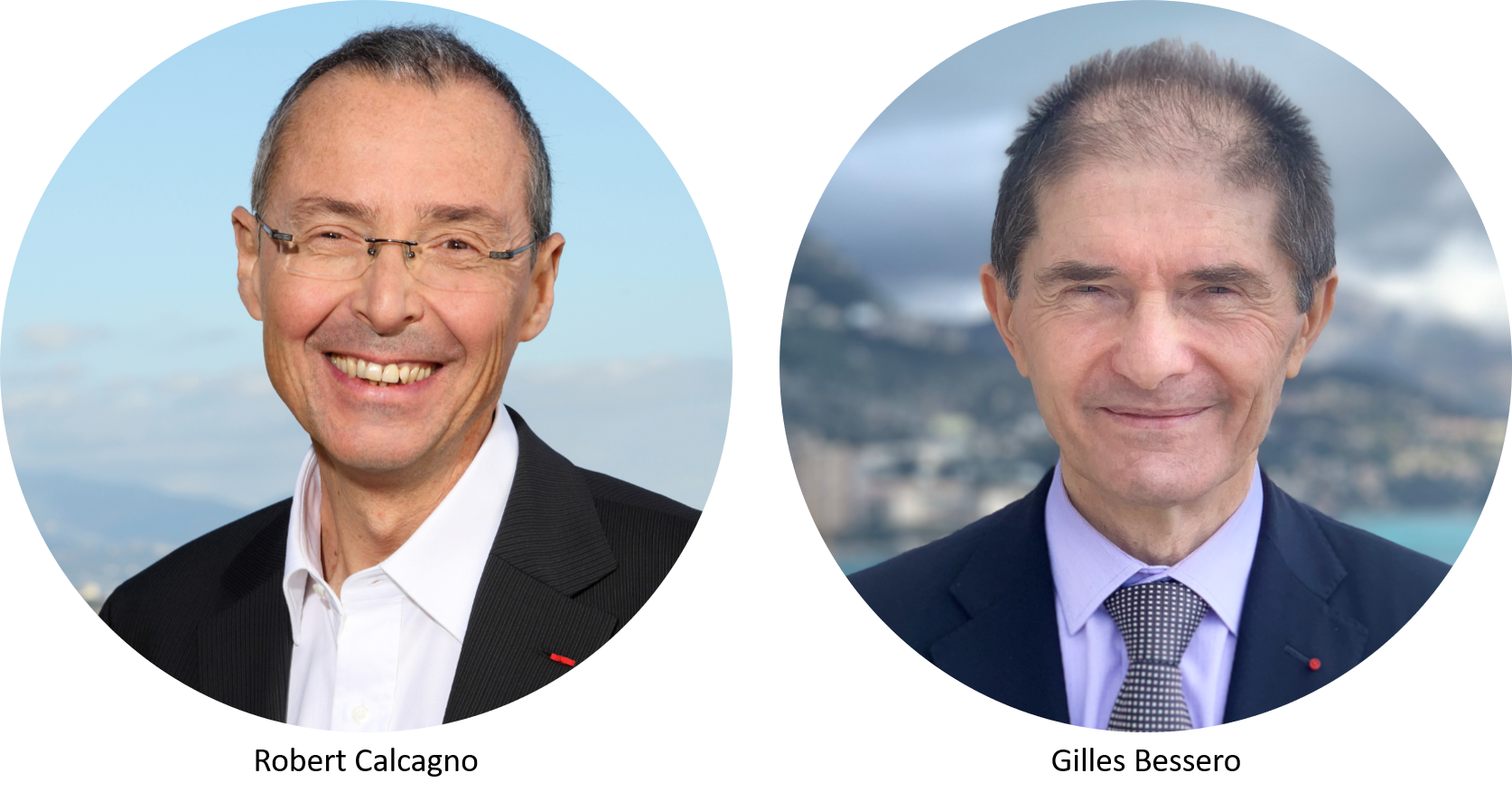
Although perhaps less visible than for other States, the interest of the Principality of Monaco in the Indian Ocean is not less real. It is driven by the importance that HSH Prince Albert II of Monaco and His Government grant to the implementation of the sustainable development goals of the United Nations 2030 Agenda. This interest is reflected in numerous actions carried out by various entities of the Principality, notably in matters of public development aid, bilateral cooperation, and environmental protection.
This is the context of the “Indian Ocean” Expedition, a component of the “Monaco Explorations” Programme which will be one of the Principality of Monaco’s contributions to the United Nations Decade of Ocean Sciences for Sustainable Development 2021-2030. This programme is coordinated by Monaco Explorations, a collective platform funded by the Government of the Principality of Monaco, which brings together under the Government’s aegis, the Prince Albert II of Monaco Foundation, the Oceanographic Institute, the Scientific Centre of Monaco and the Yacht Club of Monaco, to serve the commitment of HSH Prince Albert II of Monaco to the knowledge, the sustainable management and the protection of the Ocean.
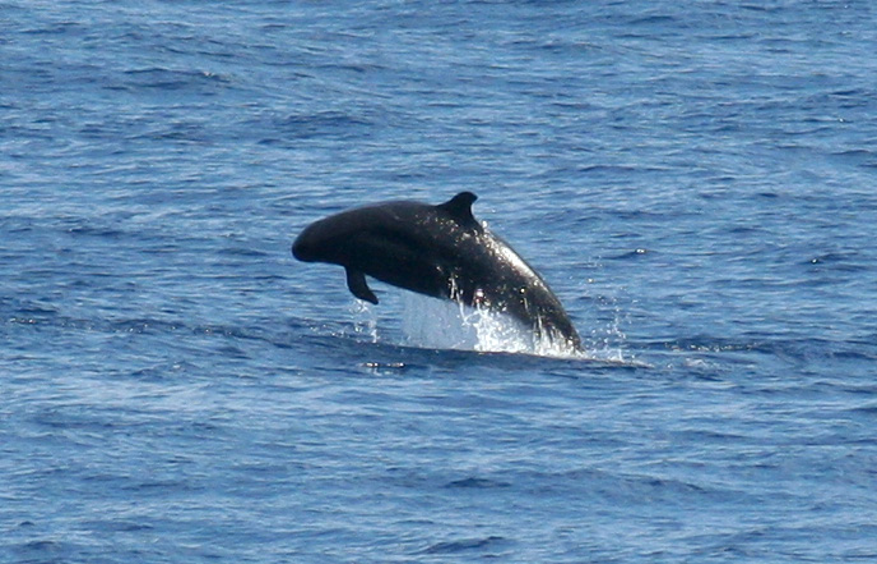
The expedition will cover the area between Reunion Island, Mauritius, and Seychelles with three objectives:
- To understand through a multidisciplinary scientific approach the ecosystemic status and functioning of the area explored and to advise stakeholders through the sustainability science approach.
- To share the issues and knowledge with the greatest number of people through an ambitious outreach programme, in line with Monaco Explorations motto: “Reconnecting Humanity and the Sea”.
- To mobilize governments through diplomatic action by making available information and analyses to support the sustainable management of maritime areas.
It is expected that the expedition will be coordinated with an official visit to the region by HSH the Sovereign Prince to strengthen the relationship between the Principality of Monaco, the Republic of Mauritius, and the Republic of Seychelles. Other official activities of the Sovereign Prince related to the objectives of the mission, in particular His interventions in various forums dealing with the protection of the Ocean, may illustrate the context related to the political dimension of the expedition.
The preparation of the science programme is guided by the four main themes of Monaco Explorations: the protection of corals, the protection of the megafauna, the development of marine protected areas and new exploration technologies. The science programme will focus on meeting the needs of the Governments of Mauritius and Seychelles while also liaising closely with the international and regional organs and initiatives related to the United Nations Decade of Ocean Sciences, including the Nippon Foundation – GEBCO ocean mapping project Seabed2030 and the continuation of the Second International Indian Ocean Expedition until 2025. The science programme will focus on two types of maritime areas:
- The joint Mauritius-Seychelles management area of Saya de Malha on the Mascarene Plateau located beyond the exclusive economic zones of the two States. The expedition aims to gather scientific elements that could help consolidate the joint governance of one of the world’s largest seagrass meadows, home to little-known ecosystems. This area is the priority target of the expedition.
- A selection of islands and seamounts. The main objective is to characterize their function of biodiversity refuges and to help preserve it against the impacts of anthropic pressure and climate change.
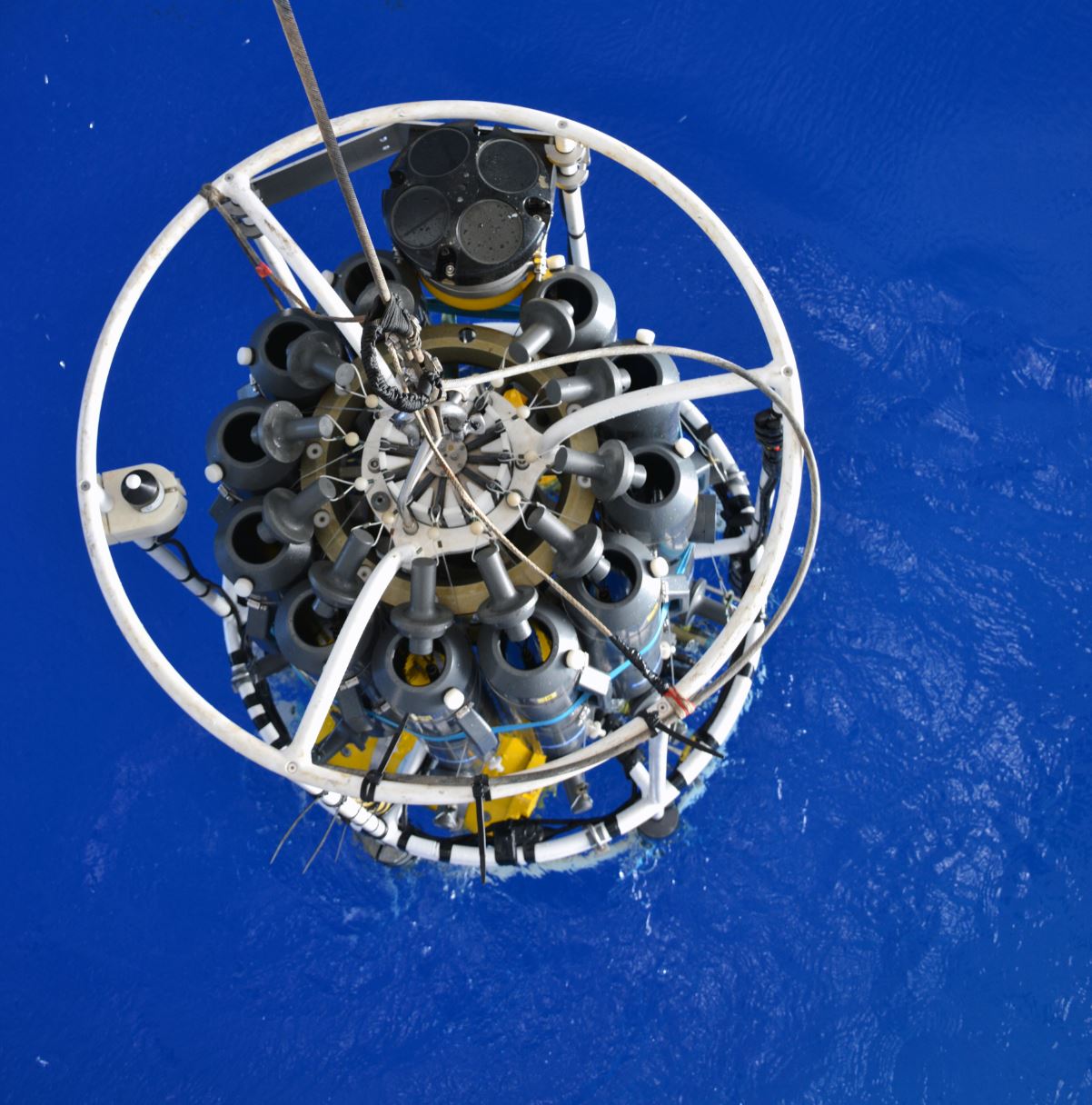
The development of the science programme relies on the mobilization of numerous entities from the international scientific community: half a dozen French organizations (CNRS, Ifremer, Sea Institute of Villefranche-sur-Mer, IRD, National Museum of Natural History, Universities of Montpellier and Reunion Island) and some twenty organizations from ten other countries. It naturally and closely involves all the entities concerned in Mauritius and Seychelles, while ensuring to encourage the participation of students and young researchers, in particular through providing an onboard school during the expedition.
Outreach activities will be based on the science dissemination programme “Dialogue Science-Decision Makers for Integrated Management of Coastal and Marine Environments” (DiDEM) in the Western Indian Ocean basin (Comoros, Kenya, Madagascar, Mauritius, Mozambique, Seychelles, Tanzania) launched at the end of 2020 under the coordination of IRD (French Research Institute for Development) with the financial support of Monaco Explorations. The pedagogic tools will comprise school visits aboard the research vessel at ports of call, live broadcasts with the research vessel at sea, including dialogue with scientists, school exchanges and collaborations between school children from Monaco and metropolitan France and their peers in Mauritius, Seychelles, and Reunion Island, as well as the development and provision of interactive educational tools. The expedition will also benefit from an extensive coverage both in traditional print and television media and on social networks. It should result in the production of a documentary film for international distribution and the writing of a book by a renowned author.
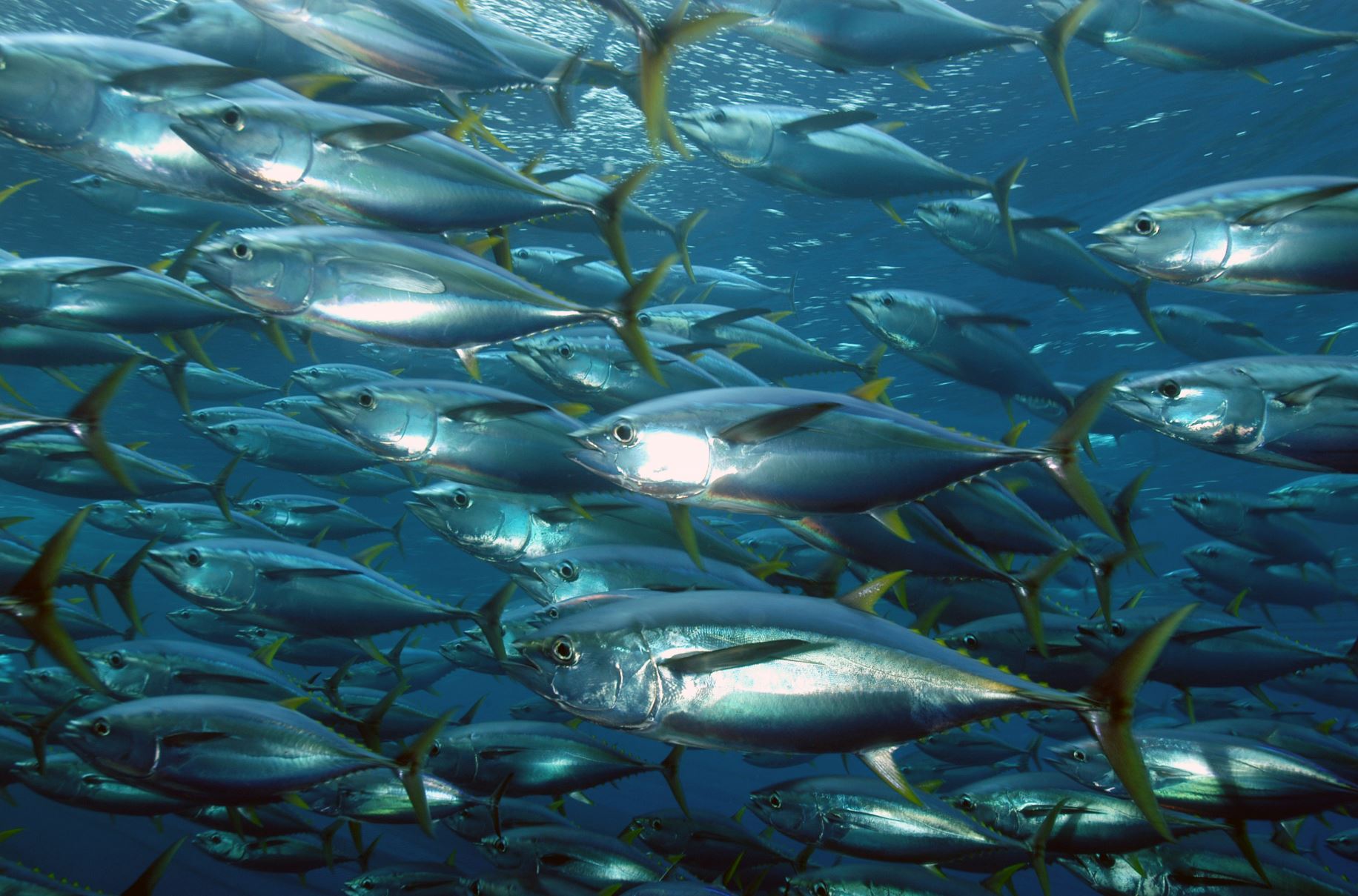
To warrant that the expedition implements a multidisciplinary and transdisciplinary approach, including natural and social sciences, in accordance with the principles of sustainability science, an international Advisory Committee has been established to guide the preparation of the expedition and then its conduct and exploitation. It is composed of fourteen internationally renowned experts and chaired by Carl Gustaf LUNDIN, Managing Director of Mission Blue and former Principal Scientist – IUCN Global Marine and Polar Programme.
Initially planned with the oceanographic research vessel Marion Dufresne whose chartering had been contemplated for April-May 2021, the mission has been postponed until the sanitary restrictions resulting from the Covid-19 pandemic no longer hinder its implementation, particularly port calls and associated outreach activities. Several possibilities for chartering a research vessel are currently being discussed with institutional and private operators with a view to reprogramming the project in April-May 2022 at the earliest. To this end, the Advisory Committee held its kick-off meeting on 30 March 2021 and adopted its work plan in order to consolidate the expedition programme by the end of the year.
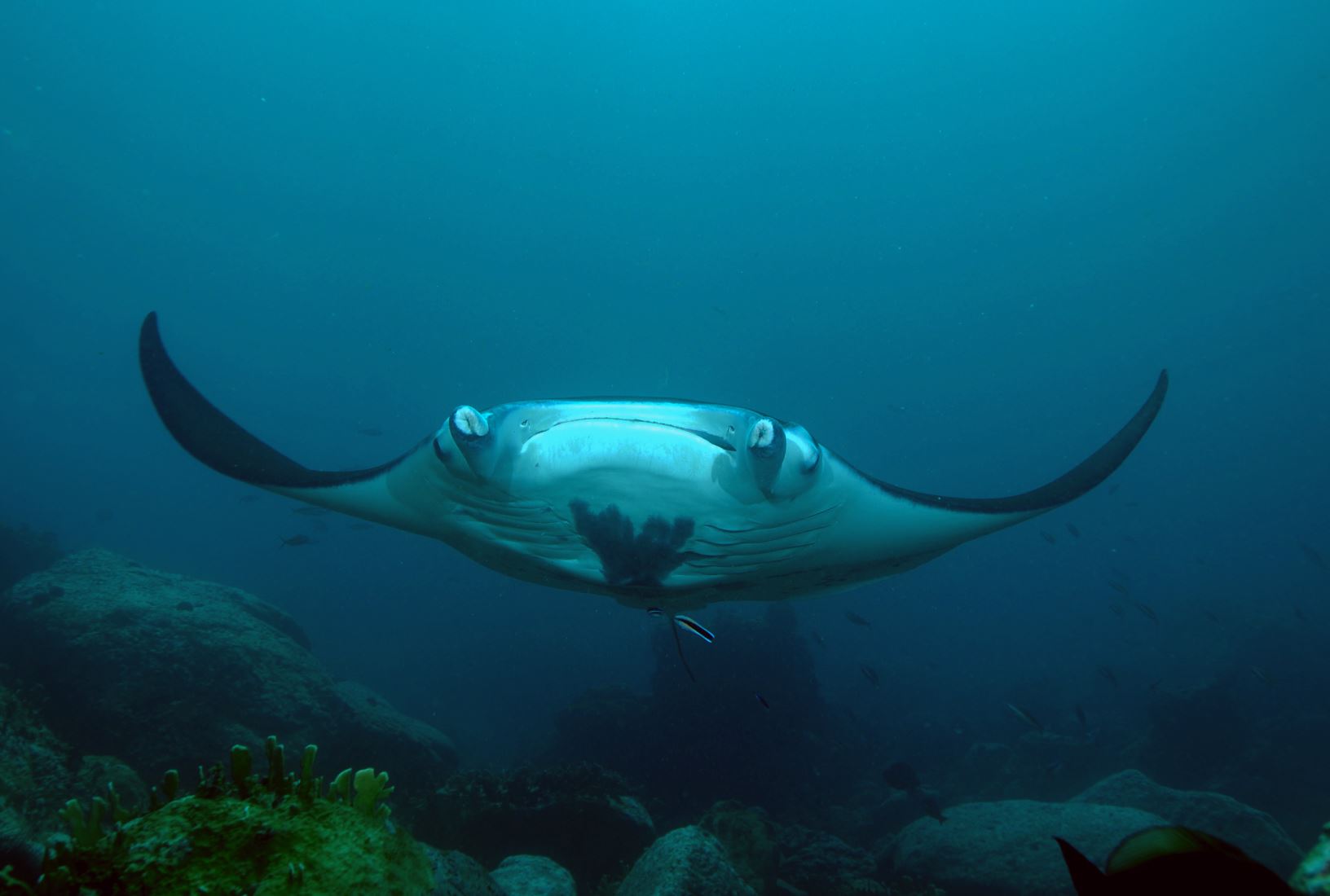
Photo Copyright
- Robert Calcagno: Thierry Ameller / Institut océanographique
- Gilles Bessero: Magali Boussion / Explorations de Monaco
